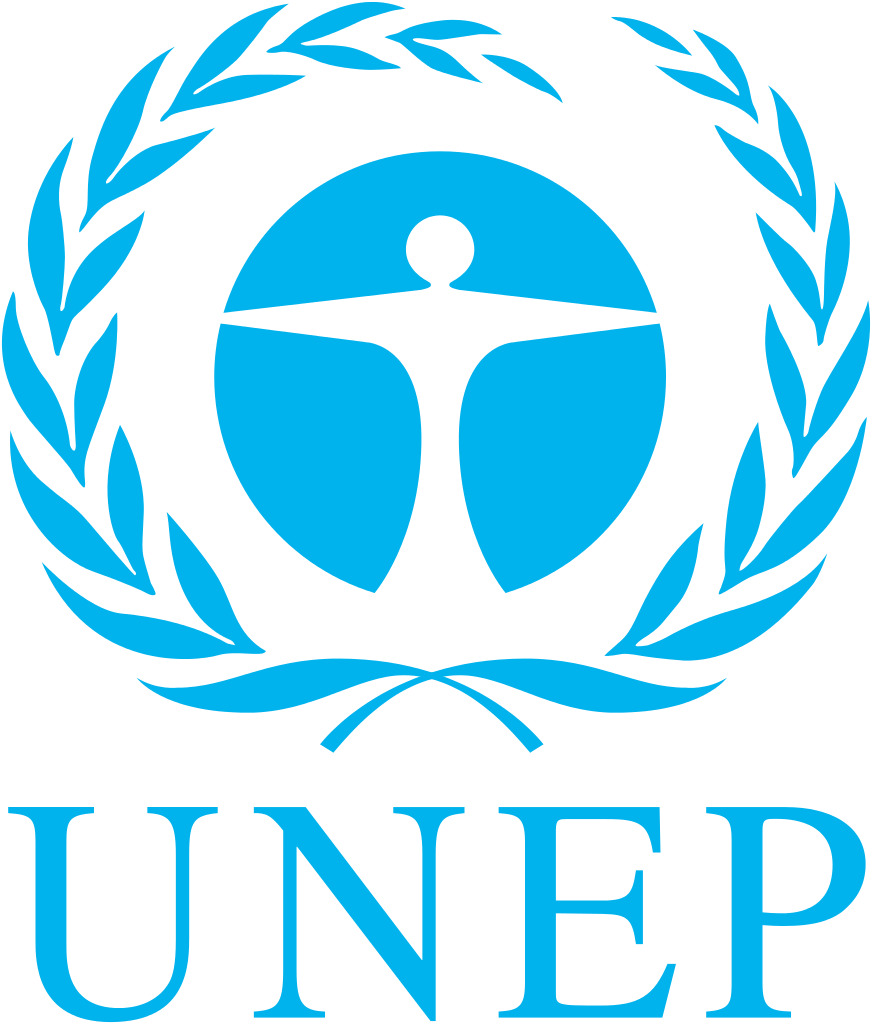Methodology: Chemical Leasing toolkit
Chemical Leasing is a service-oriented business model that shifts the focus from increasing sales volume of chemicals, toward a value-added approach. The producer mainly sells the functions performed by the chemical and functional units are the main basis for payment.
The Chemical Leasing Toolkit provides guidelines, materials, best practice case studies and lessons learnt from more than 10 years of work at UNIDO’s Global Chemical Leasing Programme. It is designed as an interactive online tool that aims to help industry and also policy professionals to become more knowledgeable about the Chemical Leasing Business Model and its effective and efficient use in practice. It outlines the main steps and tasks required for the smooth and efficient application of Chemical Leasing to industries from different sectors and countries as well as monitoring procedures. Starting from a detailed analysis and screening process to define the most suitable chemicals and applications in a company, the toolkit provides support on the implementation and monitoring of Chemical Leasing business models at plant level.
| SMC Category | Hazard identification and risk assessment, Risk prevention and reduction |
| Subcategories | Hazard identification and chemicals risk assessment, Information and data assessing hazards and risks, Process safety assessment, Workplace safety assessment, Preventive measures, Protective measures |
| SME Activity | Product development and process design, Handling, Unloading and loading, Input material selection, Pollution control and disposal, Production, Storage |
| Resource Type | Online resource |
| Author | United Nationals Industrial Development Organisation (UNIDO) |
| Company type | Synthesis of substances, Formulation of chemicals |
| Year | 2016 |
| Link(s) |
http://chemicalleasing-toolkit.org http://chemicalleasing.org |
How to use it
Inputs
1) Information and costs for chemicals, materials, energy and water used and waste produced
2) Chemical, water, energy consumption
3) Wastewater and waste generation, air emissions
4) Accidents related to the handling of chemicals, adverse health effects in workers from chemical exposure
5) Process conditions
6) Information on current business model, e.g. unit of payment ($/ton chemical consumed)
Outputs
1) Sustainability criteria for Chemical Leasing business models
2) Processes with potential for Chemical Leasing
3) Baseline situation
4) Unit of payment and benefits for new Chemical Leasing business model
5) Chemical Leasing contract
6) Monitoring plan
| Learning time | Medium (~4h) |
| User expertise | Advanced (advanced scientific/engineering degree required/business management experience required) |
| User-friendliness | Very user friendly |
| Advanced tool | No |
| Languages | English |

